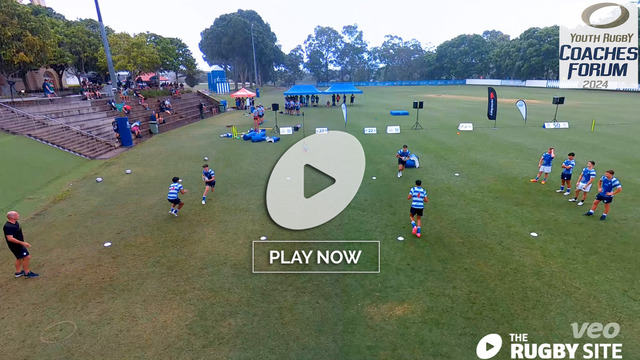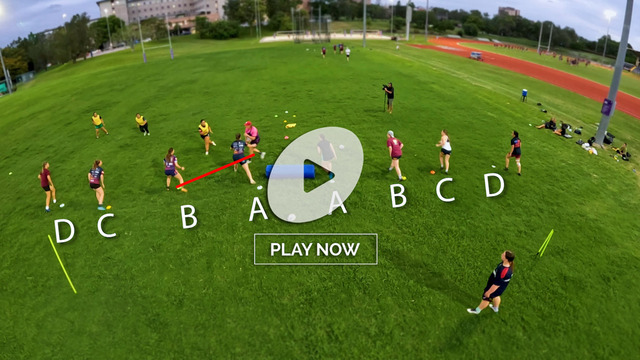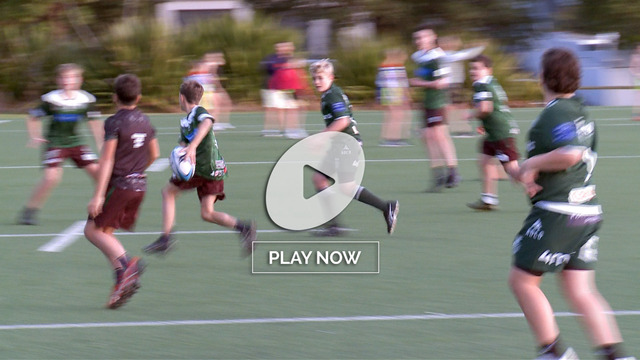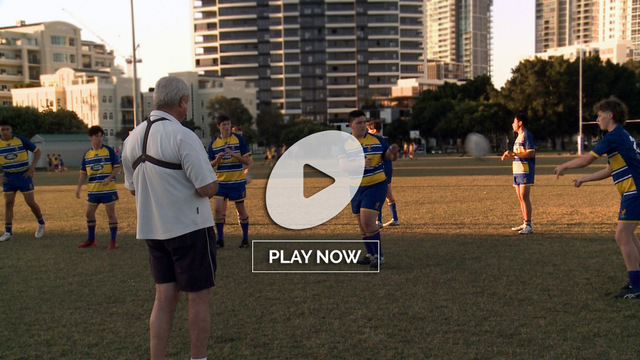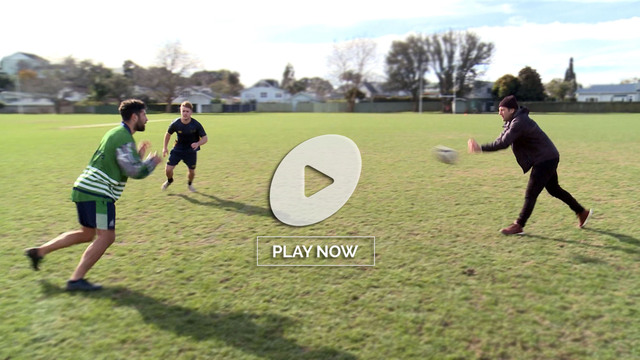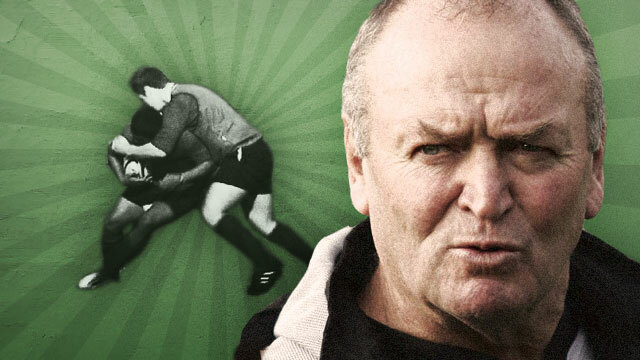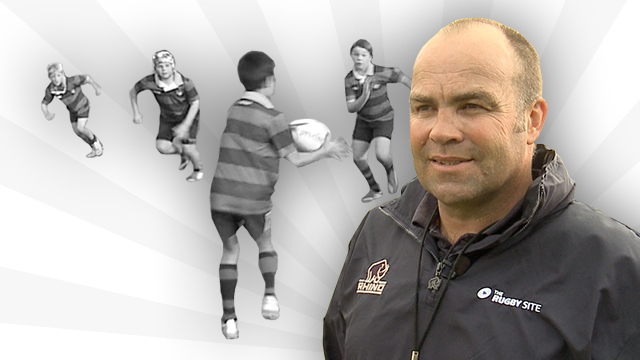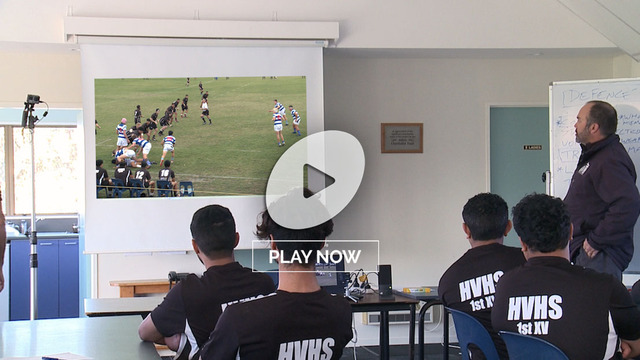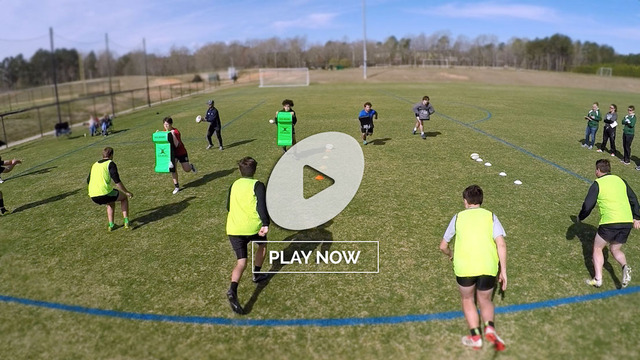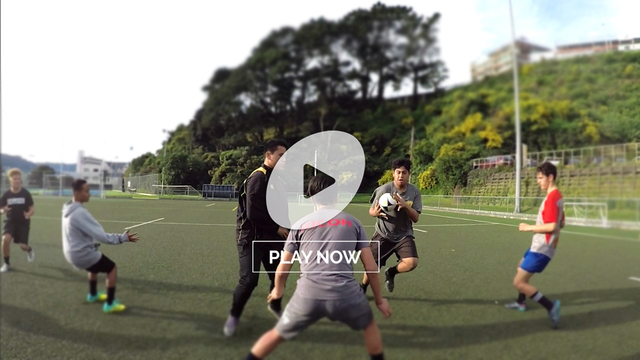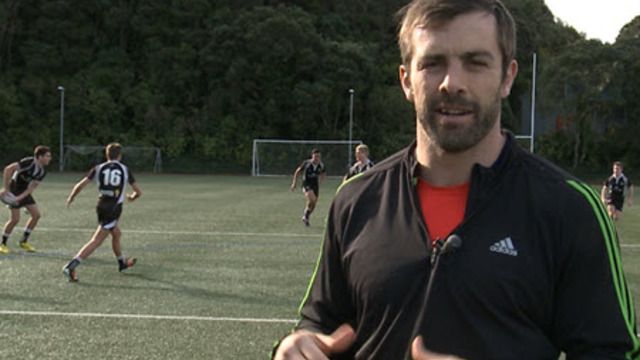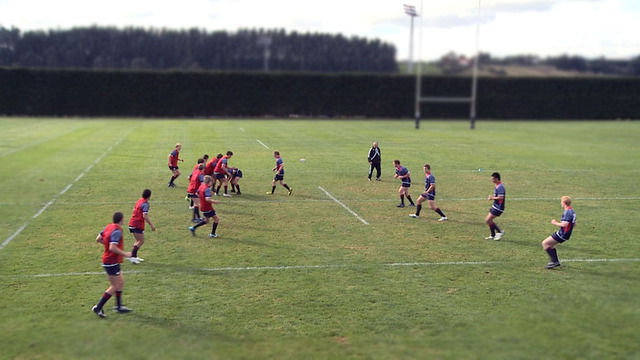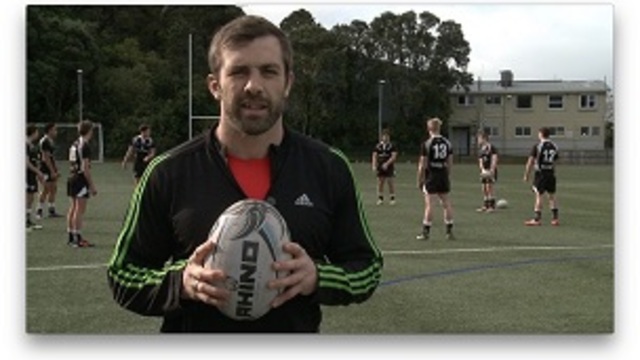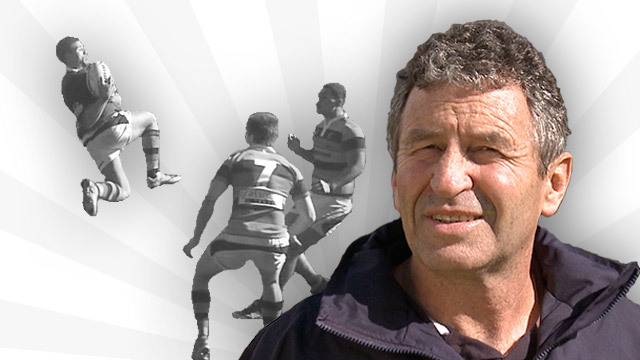There are a lot of different defensive systems around the rugby world. The blitz defence is fairly popular up north. It puts the ball carriers under pressure, but it also has its risks. If the defensive line is broken there is no recovery time. To stop the ball getting wide, the second last defender often gets up really fast ahead of the line and umbrellas in.
The drift defence tries to push the ball towards the sideline and makes the attack go laterally. It is not as aggressive as the blitz or a fast man-on-man defence. It won’t hurry the attack. The other team is less likely to make a line break against you, but they are more likely to get over the gain line.
A lot of the different types of defences depend on the game situation. If you have turned the ball over, the team is in an unstable situation, you need to hold, to stay alive. That’s when the drift defence comes into its own.
Defending a scrum in centre field with a split backline will need a different approach to a wide scrum close to the line. If the wings and full back are hovering in midfield you again need to be ready to adjust. Super 15 sides are likely to use a different defensive pattern against the Bulls to the one they use against the Reds.
The All Blacks spend a lot of time looking at teams and tweaking our defensive strategy according to the opposition. Some teams might blitz the Bulls in order to pressure their skills, but would guard against being picked off by the Reds. Having said that England used Lewis Moody to rocket through on Quade Cooper from the back of lineouts in order to reduce his time to take the ball up to the gain line.
At the top level you cannot be too predictable in defence. You need to vary things. You need to give attackers a different look to deal with. If they have to think it makes them sluggish.
That variety is less easy to achieve at more junior levels of rugby. At that grade I tend to think the one-out defence works best. If the back row and half back can defend number 10 and the inside channel, then your fly-half can move out onto the 12, 12 onto 13 and so on.
It gives a team security, but the number ten has to be a good tackler to make it work. If he isn’t, then work on his tackling skills. I still like low tackles. It puts the ball carrier down and gives you a greater chance of turning the ball over.
But don’t give your players too much to think about. Players need to be uncluttered to play well. Pick an option and make sure that the team understands it well.



